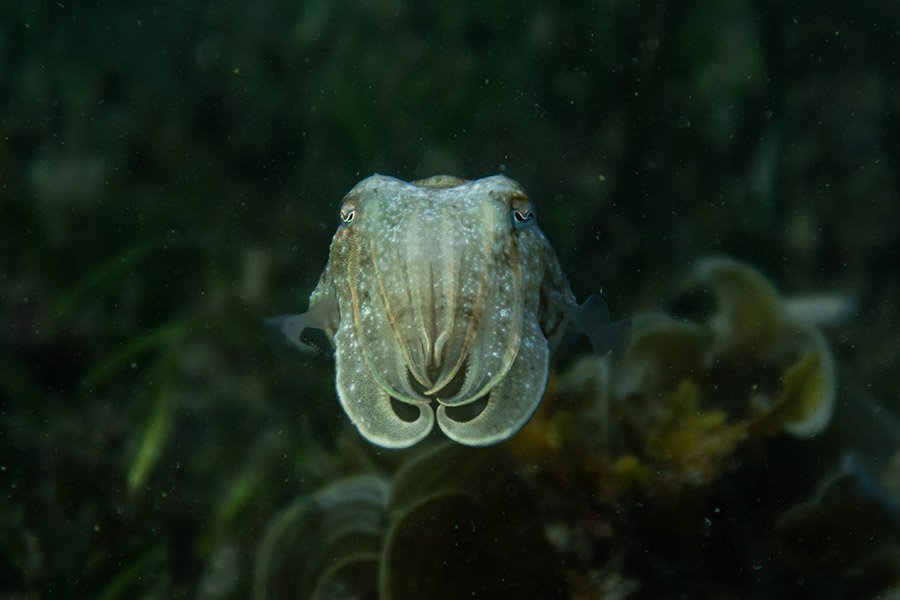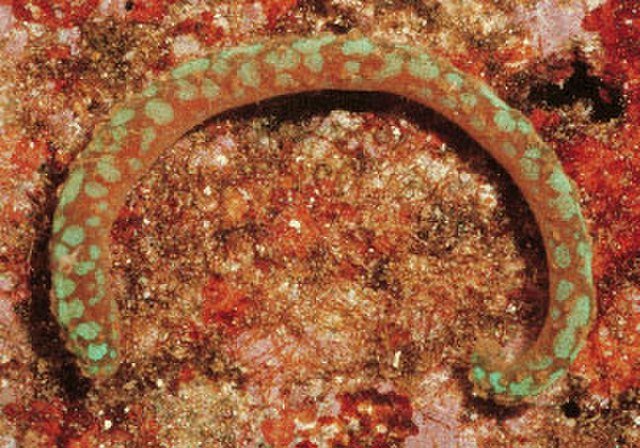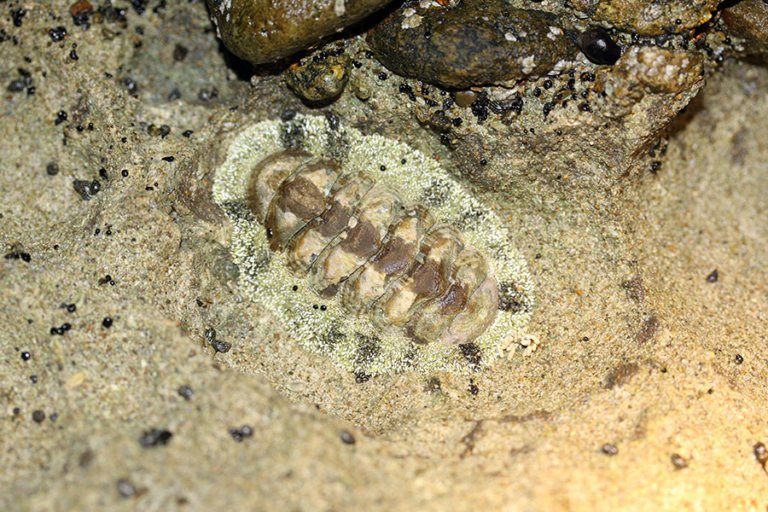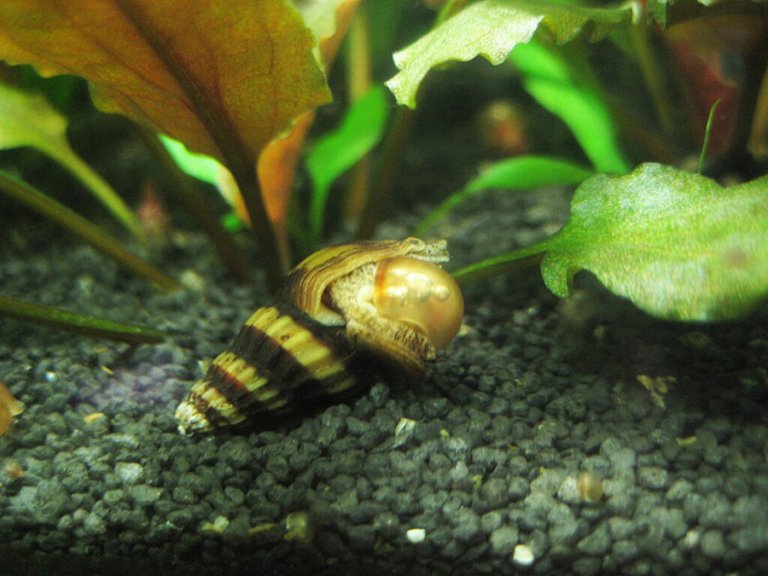
Mollusks – Types & Characteristics
Mollusca is a huge, incredibly diverse group of invertebrate animals commonly called mollusks, or molluscs. In fact, they are the second-largest phylum after Arthropoda. Mollusca comprises of more than 50,000 different species, but some estimate that there could be as many as 200,000.
Even though most Mollusk species are found in marine ecosystems, some species are terrestrial. Mollusks have an almost worldwide distribution, from the most common habitats to the most extreme ones, such as the depths of the ocean. Their size ranges from 1 mm to 20 m.
Let’s take a closer look at this amazing group of animals and see their main characteristics and the different types of mollusks.
7 Characteristics of Mollusks
- Soft body & shell: Mollusks are invertebrates (they don’t have a backbone) and have a soft body. This soft body is protected by a calcareous shell that they produce via specialized glands. In some species, the shell is small and internal (like slugs for example).
- Muscular foot for locomotion: Mollusks’ body sits on a muscular foot. The foot has evolved into arms in the case of Cephalopods (octopuses).
- Mantle & mantle cavity: Mollusks have their body wrapped in a mass of flesh called the mantle, protecting their internal organs. It is the mantle that produces the shell. They also have a cavity between the mantle and the internal organs. The cavity contains gils for aquatic mollusks, and a lung for terrestrial mollusks.
- Radula for feeding: Many mollusks have a radula, which s a kind of tongue with chitinous teeth. Bivalves do not have a radula.
- Organs & organ systems: The mollusks’ body is organized in organs (contained in the part of their body called the visceral mass) and organ systems: nervous system, digestive system, circulatory system, respiratory system, etc.
- Open circulatory system: Except in Cephalopods, the mollusks’ circulatory system is open type, which means that their blood (called hemolymph) does not flow in closed blood vessels.
- Larva stage: Mollusks start their life as tiny free-swimming larvae called trochophores, veliger (part of zooplankton) that look different from the adults. Or sometimes, the larvae look like miniature adults.
These are just a basic list of main characteristics of mollusks, showing that they are complex, really interesting creatures that are perfectly adapted to their environment. Mollusks are very important to our world, not only with their roles in their respective ecosystems, but also as an important source of food for Humans.

The 7 Types of Mollusks
The phylum Mollusca is divided into 7 different classes, but most people are familiar with 3 of them: Gastropoda (such as snails), Cephalopoda (such as octopuses) and Bivalvia (such as clams). Keep reading to learn more about the 7 types of mollusks that exist today on our planet.

Aplacophora
The class Aplacophora (which means “that bear no plates”) is the most primitive group of mollusks. They are small, worm-like animals that are found deep in the oceans of the world.
They grow up to 5 cm / 2 inches, have no shell, and lack many of the organs we talked about in our description of mollusks.
Image source: Wikimedia Commons

Monoplacophora
The class Monoplacophora (meaning “bearing one plate”) contains animals that only live in deep sea habitats (the abyss), bearing a single cap-shaped shell making them look like limpets.
They have been known as fossils and believed to be extinct until living species were found in the 1950’s.
Image source: Wikimedia Commons

Polyplacophora
Animals belonging to the class Polyplacophora (which means “bearing several plates) are commonly referred to as chitons. And indeed, these marine mollusks bear 8 shell plates on their back.
They are found in all the oceans of the world, sometimes in the intertidal zone (which means they may be exposed to the air at low tide), sometimes in deep waters.

Bivalvia
Bivalves are mollusks that feature a two-part, hinged shell that protects their body (each part is called a valve). Well-known members of the class Bivalvia include oysters, clams, mussels, scallops.
Bivalves are found in both marine and freshwater environments. Some of their most important characteristics are that they have no defined head, and they also lack a radula.

Gastropoda
Gastropods (meaning “stomach in foot”) are by far the largest group of mollusks – 80% of mollusks are Gastropods. They are also the second-largest group animals on Earth after Insects.
Examples of Gastropods include snails, slugs, limpets. They are found all over the world in extremely diverse habitats, from gardens and mountains to lakes and the abysses. When they have one, the shell of Gastropods is made of a single piece.

Cephalopoda
Cephalopods (meaning “head in foot”) are only found in marine habitats. They are the most advanced mollusks. It is the group comprising octopuses, squids, cuttlefish and the nautilus. In total, 800 species belong to this group.
One important characteristic of Cephalopods is that the usual mollusk foot has evolved into a set of arms and tentacles. They also have bilateral body symmetry and a well-defined head with the largest brain of all invertebrate animals.

Scaphopoda
Members of the class Scaphopoda are the tusk shells, also called tooth shells, They owe their name to the conical and curved shape of their shells.
These animals can grow Fromm 0.5 cm to 18 cm (0.2 to 7 in) depending on the species, and they are exclusively marine creatures. They live on the ocean floor on soft sediments.
Image source: Wikimedia Commons
Frequently Asked Questions About Mollusks
How Do Mollusks Reproduce? Sexually or Asexually?
Most mollusks have separated male and female sexes (and some are hermaphrodites) and generally reproduce sexually. Eggs are released into the mantle cavity, and the fertilization of the eggs can take place internally or externally. These eggs will then become larvae and evolve into adult mollusks.
What Do Mollusks Eat?
The mollusks’ diets of course depend on the species and their size, but many are herbivores and feed on algae or other plants. Cephalopods are carnivores and prey on fish, other smaller cephalopods, crustaceans or bivalves, for example.
How Do Aquatic Mollusks Breathe?
Aquatic mollusks breathe with gills, called ctenidia, enabling them to exchange gases between their blood and the water that surrounds them. Their gills are located in the mantle cavity.
Do All Mollusks Have a Mantle?
Yes, all mollusks have a mantle, it is one of their shared characteristics.
Bivalves Lack a Radula. How Do They Eat?
Bivalves eat by filtering the water around them. Their gills are equipped with tiny hair (called cilia) that are able to capture food particles and plankton they feed on.
Are Mollusks Decomposers?
Certain mollusks like snails, slugs, clams or mussels are considered decomposers because they consume organic matter.
How Do Cephalopods Change Color?
Cephalopods possess specialized cells called chromatophores under their skin. These cells are full of pigments of different colors (they can be black, brown, orange, red or yellow). By expanding or contracting their chromatophores, cephalopods are able to change color instantly.
Learn More About Mollusk Species
Links to articles packed with surprising facts and knowledge to further learn about amazing species of mollusks, so you know what you are looking at on your next wildlife trip!
